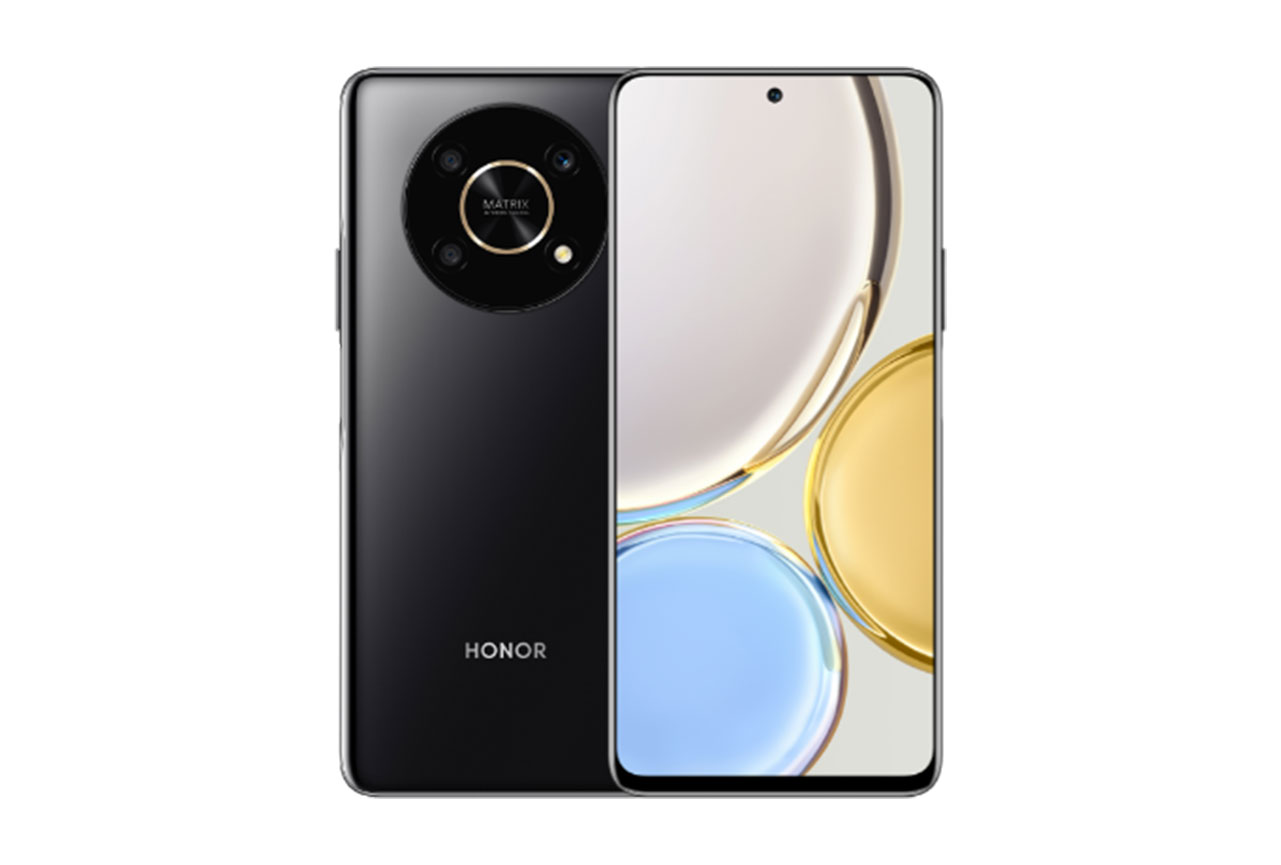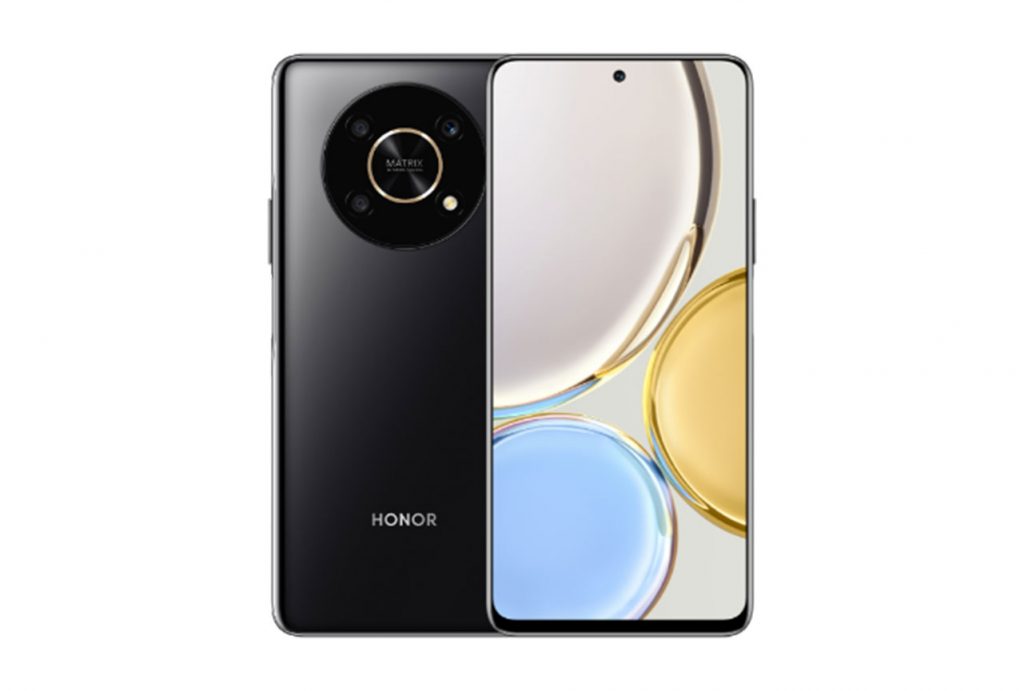Competing in the Advanced price segment, the Honor Magic4 Lite 5G is the most affordable option in Honor’s Magic4 line. The device is powered by a Snapdragon 695 chipset and comes with a 6.81-inch LCD display, 6GB of RAM and 128GB of storage.
The rear camera features a 48MP primary module, accompanied by 2MP depth and macro cameras. There are no ultra-wide or dedicated tele cameras. Video can be recorded in FullHD resolution.
Let’s see how the Honor Magic4 Lite 5G camera compares to the competition in the DXOMARK Camera tests.
Key camera specifications:
- Primary: 48MP sensor, 26mm equivalent focal length, f/1.8-aperture lens, PDAF
- Depth: 2MP sensor, f/2.4-aperture lens
- Macro: 2MP sensor, f/2.4-aperture lens
- LED flash
- 1080p/30fps video
About DXOMARK Camera tests: For scoring and analysis in our smartphone camera reviews, DXOMARK engineers capture and evaluate over 3000 test images and more than 2.5 hours of video both in controlled lab environments and in natural indoor and outdoor scenes, using the camera’s default settings. This article is designed to highlight the most important results of our testing. For more information about the DXOMARK Camera test protocol, click here. More details on how we score smartphone cameras are available here.
Test summary
Scoring
Sub-scores and attributes included in the calculations of the global score.

Honor Magic4 Lite 5G


Use cases & Conditions
Use case scores indicate the product performance in specific situations. They are not included in the overall score calculations.
Outdoor
Photos & videos shot in bright light conditions (≥1000 lux)
Indoor
Photos & videos shot in good lighting conditions (≥100lux)
Lowlight
Photos & videos shot in low lighting conditions (<100 lux)
Friends & Family
Portrait and group photo & videos
Pros
- Fairly wide dynamic range
- Nice and stable white balance under indoor lighting
- Accurate autofocus in bright light
- Wide simulated aperture and nice blur gradient in bokeh mode
- Fairly low video noise
- Good video exposure in bright light and indoors
- Accurate and fast video autofocus
Cons
- Frequent exposures instabilities
- White balance casts and noise in low light
- Fusion artifacts
- No ultra-wide camera, lack of detail at tele settings
- Underexposure and lack of dynamic range in night shots
- Underexposure in low light video
- Highlight clipping and lack of detail in video
- Lack of saturation in video, especially in bright light
- Loss of fine detail in video
- Ineffective video stabilization
With a DXOMARK Camera score of 95, the Honor Magic4 Lite 5G does not make it anywhere close to the top of the Advanced ranking. The camera is capable of producing decent images that are a little desaturated in good light conditions, but things fall slightly apart in low light and other challenging conditions.
In still image mode, exposure is good in bright light and indoors, but we did see underexposed images when shooting in low light or in high-contrast situations. A cool blueish white balance cast can be visible in outdoor images, and yellow casts can appear in low light. Colors are desaturated in all conditions. The autofocus works pretty accurately, but a slightly narrow depth of field means subjects toward the back of a scene can be rendered soft.
The level of captured detail is slightly low in low light, and images lack fine detail. This is partly due to slow exposure times often resulting in some slight image blur. Noise is well managed on faces but noticeable on plain color backgrounds in most conditions. Our testers also observed some fusion artifacts, as well as ringing, noisy edges, and color quantization.
The camera’s main issue is exposure repeatability. HDR processing is not always triggered, which can result in quite different looking images across a series of consecutive shots. In this sample, you can see that the first and third shots show pretty good dynamic range, with decent detail in the sky in the background and good subject exposure. Tone compression results in a lack of contrast, though. The frame in the middle looks very different, with strong clipping in the background and an underexposed subject.
The Honor does not feature an ultra-wide camera and has to make do without a dedicated tele. This means that digital zooming is used for zooming into the distance. As a result, tele images have poor detail. Dynamic range is limited as well, and portrait subjects are often underexposed. There is also image noise, and moving subjects tend to be blurred.
In video mode, noise is well under control, and the autofocus reacts fairly accurately and swiftly. However, video mode is held back by some fairly important issues, including a lack of stabilization and strong underexposure in low light.
In addition to aforementioned lack of stabilization, in this sample, we can see a lack of dynamic range resulting in strong contrasts as well as both shadow and highlight clipping. Color rendering on skin tones, greenery and sky is nicer on the comparison devices, and we can also see some exposure instabilities. On the plus side, noise is well under control, and the autofocus works well.










DXOMARK encourages its readers to share comments on the articles. To read or post comments, Disqus cookies are required. Change your Cookies Preferences and read more about our Comment Policy.